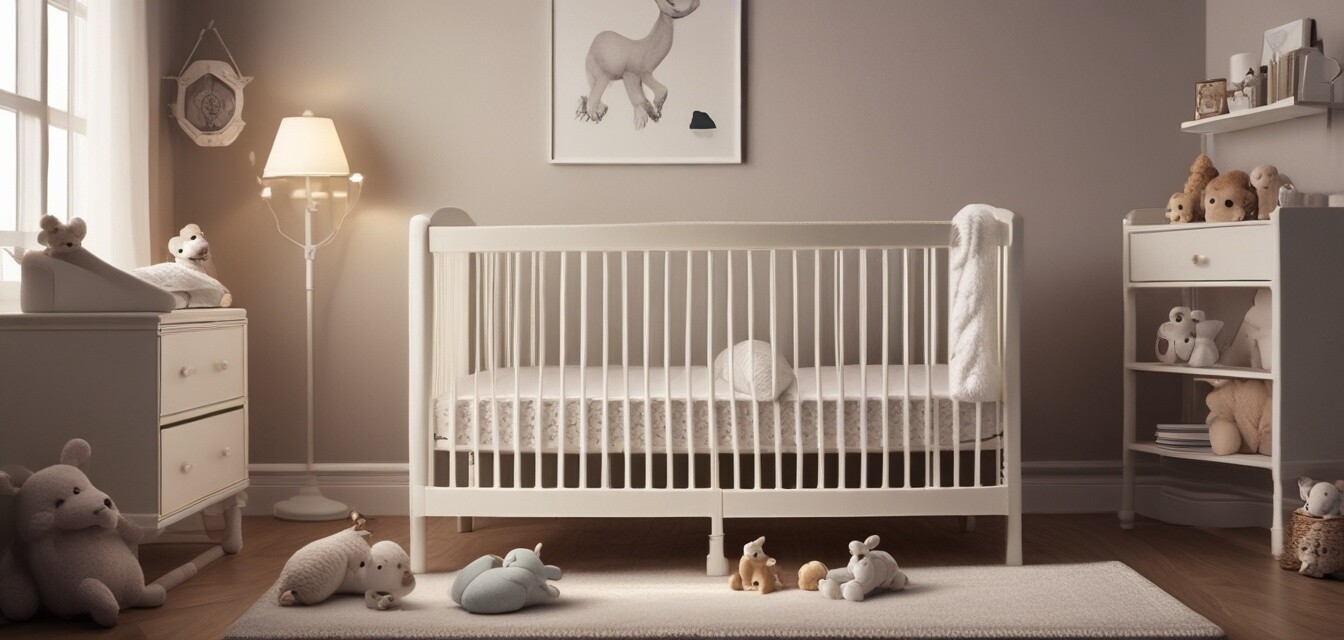
Tips for Keeping Your Cot Mattress Free from Allergens
Key Takeaways
- Regular cleaning is essential for allergen prevention.
- Choose hypoallergenic materials for your cot mattress.
- Utilize protective covers to safeguard against dust mites, mold, and dander.
- Follow a routine for mattress maintenance to extend its life.
- Monitor the humidity levels in the nursery to reduce allergen growth.
Creating a safe and healthy sleep environment for your infant starts with a clean cot mattress. Understanding how to keep allergens at bay is crucial for ensuring your little one enjoys restful sleep. In this article, we will explore practical strategies to prevent allergens from accumulating in cot mattresses, helping you maintain a safe and comfortable sleeping space for your baby.
Understanding Common Allergens
Before we dive into maintenance tips, let's review the common allergens that pose a risk to infants:
- Dust mites
- Pollen
- Mold spores
- Pet dander
- Food particles
Cleaning Tips for Cot Mattresses
Regular cleaning plays a vital role in minimizing allergens. Here are some effective cleaning tips:
1. Vacuuming
Use a vacuum cleaner with a HEPA filter to effectively remove dust and allergens. Pay attention to seams and crevices where dust may accumulate.
2. Spot Cleaning
In case of spills, clean the affected area promptly using warm water and gentle soap. Avoid soaking the mattress, and let it dry completely before covering it again.
3. Deep Cleaning
Consider giving your cot mattress a deep clean every few months. This could involve:
- Using a steam cleaner to kill dust mites and germs.
- Wiping down surfaces with a damp cloth.
- Using a mattress cleaner that’s safe for children.
Utilizing Protective Covers
A great way to prevent allergens from settling in your mattress is by using protective covers:
- Hypoallergenic mattress covers: These help prevent dust mites and allergens from penetrating the mattress.
- Waterproof protects: Acts as a barrier to spills while also defending against mold and mildew.
Choosing the Right Cot Mattress
When selecting a cot mattress, opting for hypoallergenic materials can greatly reduce allergen accumulation:
| Material | Allergen Resistance |
|---|---|
| Foam | Good, depending on manufacturing |
| Coir (Coconut Fiber) | Excellent, naturally hypoallergenic |
| Organic Cotton | Good, minimal chemical processing |
| Latex | Very good, resistant to dust mites |
Humidity Control
Monitoring humidity is critical in keeping allergens at bay. Maintaining indoor humidity levels between 30% and 50% can prevent mold and dust mites.
Tips for maintaining humidity levels:
- Use a dehumidifier in damp areas.
- Open windows to increase airflow on dry sunny days.
- Use exhaust fans in areas prone to moisture.
Regular Checks and Maintenance
It’s essential to perform regular checks on your cot mattress:
- Inspect for any signs of mold or mildew.
- Check seams for wear and tear where allergens can hide.
- Replace the mattress if it shows significant signs of degradation.
Conclusion
Keeping your cot mattress free from allergens involves a comprehensive routine that prioritizes both cleaning and preventive measures. By following the tips outlined above, you can create a safer sleep environment for your infant. For more detailed guides on choosing the right cot mattress, be sure to visit our Buying Guides section.
Pros
- Improved air quality in the nursery.
- Prolonged mattress life with regular maintenance.
- Safe sleep environment for your baby.
Cons
- Regular maintenance requires time and effort.
- Adequate space is necessary for proper cleaning.
- Some protective covers may be expensive.